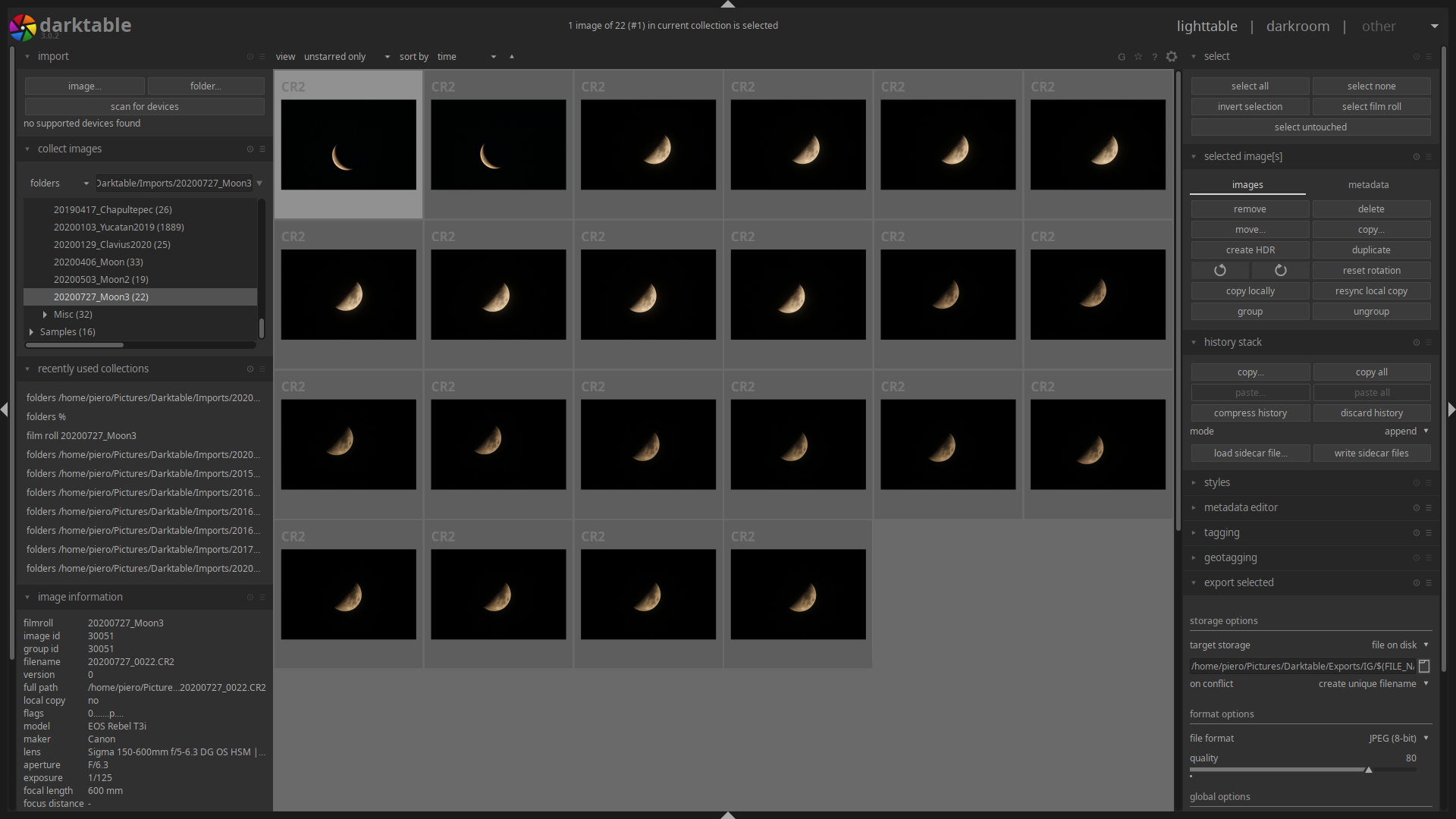

If PDT can be shown to be equally effective as traditional cancer treatments, but causes fewer undesirable side effects, it may become an accepted approach ( 8– 11). Nowadays, PDT has been clinically utilized for more than 25 years as a cancer treatment.
#How to use darktable to remove acne series
PDT is based on a series of photochemical and photobiological reactions leading to destruction of malignant tissue ( 7). In the early 1900s, PDT was unexpectedly discovered when Oscar Raab successfully triggered the death of some Paramecium species when they had been incubated with acridine dyes and exposed to visible light ( 6). However, not much attention was paid to PDT until the 1900s ( 3– 5). The concept goes back thousands of years ago, when herbal medicine combined with sunshine, was used throughout the lands of Egypt, India, and China. Photodynamic therapy (PDT) is a relatively new and promising technique for managing malignant tumors, infections, and other lesions, which has drawn increasing attention worldwide ( 1, 2). This review focuses on the different mechanisms of PDT and discusses the role of various plant extracts and natural compounds either alone or in combination for carrying out PDT on different types of cancers. Herbal plants and their extracts are natural substances, and in comparison with synthetic chemicals are considered “green”.

Although many papers have been published with regard to PDT in the last decade, there has been relatively little focus on natural medicinal plant extracts and compounds derived therefrom. Numerous compounds with photosensitizing activity have been introduced commercially. PDT is a multi-factorial process that generally involves apoptotic death of the tumor cells, degeneration of the tumor vasculature, stimulation of anti-tumor immune response, and induction of inflammatory reactions in the illuminated lesion. The reactive oxygen species produced during PDT are responsible for the oxidation of biomolecules, which in turn cause cell death and the necrosis of malignant tissue. photosensitizer, that selectively accumulates in tumors, and shining a light source on the lesion with a wavelength matching the absorption spectrum of the photosensitizer, that exerts a cytotoxic effect after excitation. PDT involves administering a photosensitizing dye, i.e. Photodynamic therapy (PDT) is a relatively new and promising modality for the treatment of cancer.


 0 kommentar(er)
0 kommentar(er)
